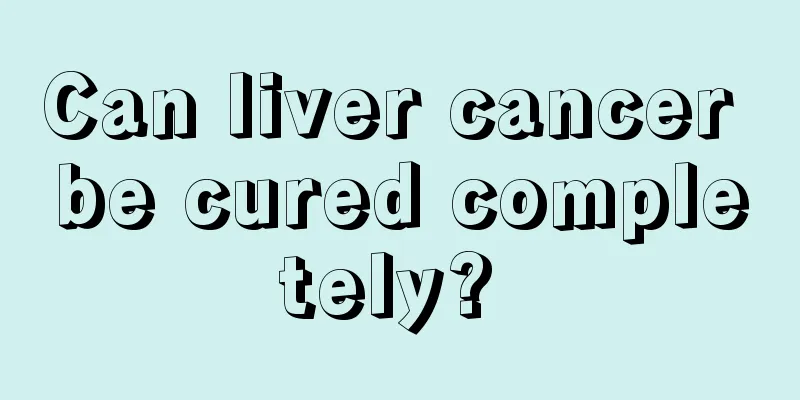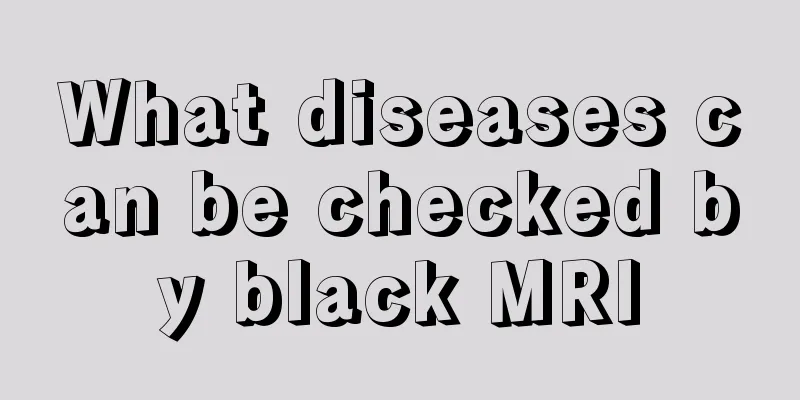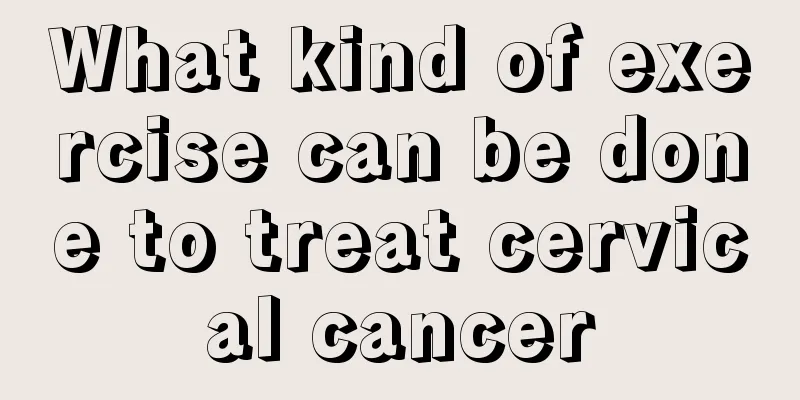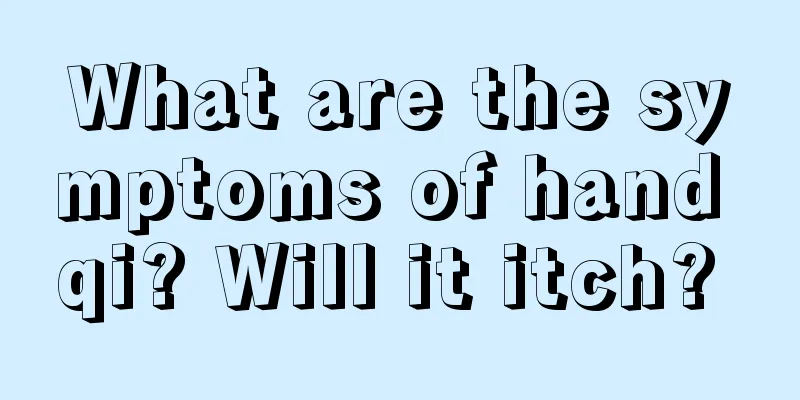Treatment of acute suppurative cholangitis

|
The treatment of acute suppurative cholangitis requires certain principles. If the condition is not too serious, some non-surgical treatment methods can be adopted. However, for many patients, non-surgical treatment is ineffective. If it has become acute suppurative cholangitis, surgical treatment is recommended. 1. Treatment principles Surgery or ERCP with nasobiliary drainage relieves bile duct obstruction, decompresses the bile duct, and drains the bile duct. However, in the early stages of the disease, especially acute simple cholangitis, when the condition is not too serious, non-surgical methods can be used first. About 75% of patients can achieve stable condition and control infection, while the other 25% of patients are ineffective for non-surgical treatment and develop from simple cholangitis to acute obstructive suppurative cholangitis, and should be promptly switched to surgical treatment. 2. Non-surgical treatment This includes the use of antispasmodic, analgesic and choleretic drugs, and gastrointestinal decompression is also often used. The combined use of large doses of broad-spectrum antibiotics is very important. Although the concentration of antibiotics in bile cannot reach the concentration required for treatment when bile duct obstruction occurs, it can effectively treat bacteremia and sepsis. Ultimately, the appropriate antibiotics must be adjusted based on blood or bile bacterial culture and drug sensitivity tests. If shock exists, anti-shock treatment should be actively given. If there is no significant improvement in the condition within 12 to 24 hours after non-surgical treatment, surgery should be performed immediately. Even if shock is difficult to correct, surgical drainage should be sought. For cases with severe symptoms at the beginning, especially those with deep jaundice, surgery should be performed promptly. 3. Surgical Method It should be simple and effective, mainly ERCP nasobiliary drainage or bile duct incision, exploration and drainage. It should be noted that the drainage tube must be placed proximal to the bile duct obstruction. Drainage distal to the obstruction is ineffective and the condition cannot be relieved. If the condition permits, the inflamed gallbladder can be removed, and the lesions in the bile duct can be completely resolved after the patient has passed the critical period. |
<<: Symptoms of acute cholangitis
>>: What to do with soft tissue injury
Recommend
Let’s learn about the prevention of gastric cancer
It is beneficial for everyone to know about the p...
How many years can you live with kidney cancer
Kidney cancer is a relatively uncommon cancer. Wi...
Can I still get pregnant if I have bone cancer
Bone cancer is a common malignant tumor disease t...
The nostrils on both sides are different sizes
Everyone's appearance is different, and the p...
What are the hazards of using electric fans in summer?
In the hot summer, people will take many ways to ...
Is the survival rate of stage 3 nasopharyngeal carcinoma high?
Does nasopharyngeal carcinoma stage 3 have a high...
Soybeans can help men prevent prostate cancer
Prostate cancer is a common disease among men now...
What is the difference between color ultrasound and B-ultrasound?
The rapid development of modern medical technolog...
What is the reason for the sudden onset of heartache?
Posterior heart pain mainly refers to pain in the...
Is malignant teratoma life-threatening?
Yes, malignant teratomas are aggressive and poten...
What are the harms of smoking to the brain
Everyone knows the dangers of smoking. Not only d...
Prevention of lung cancer should start with quitting smoking
What is the cause of lung cancer? Why are more an...
Pain at the junction of thigh and pelvis
Various reasons can cause pain symptoms at the co...
How to make my hands thinner
I believe all women have heard that hands are a w...
What does tumor grade three mean
Tumor is a physical disease that people encounter...









